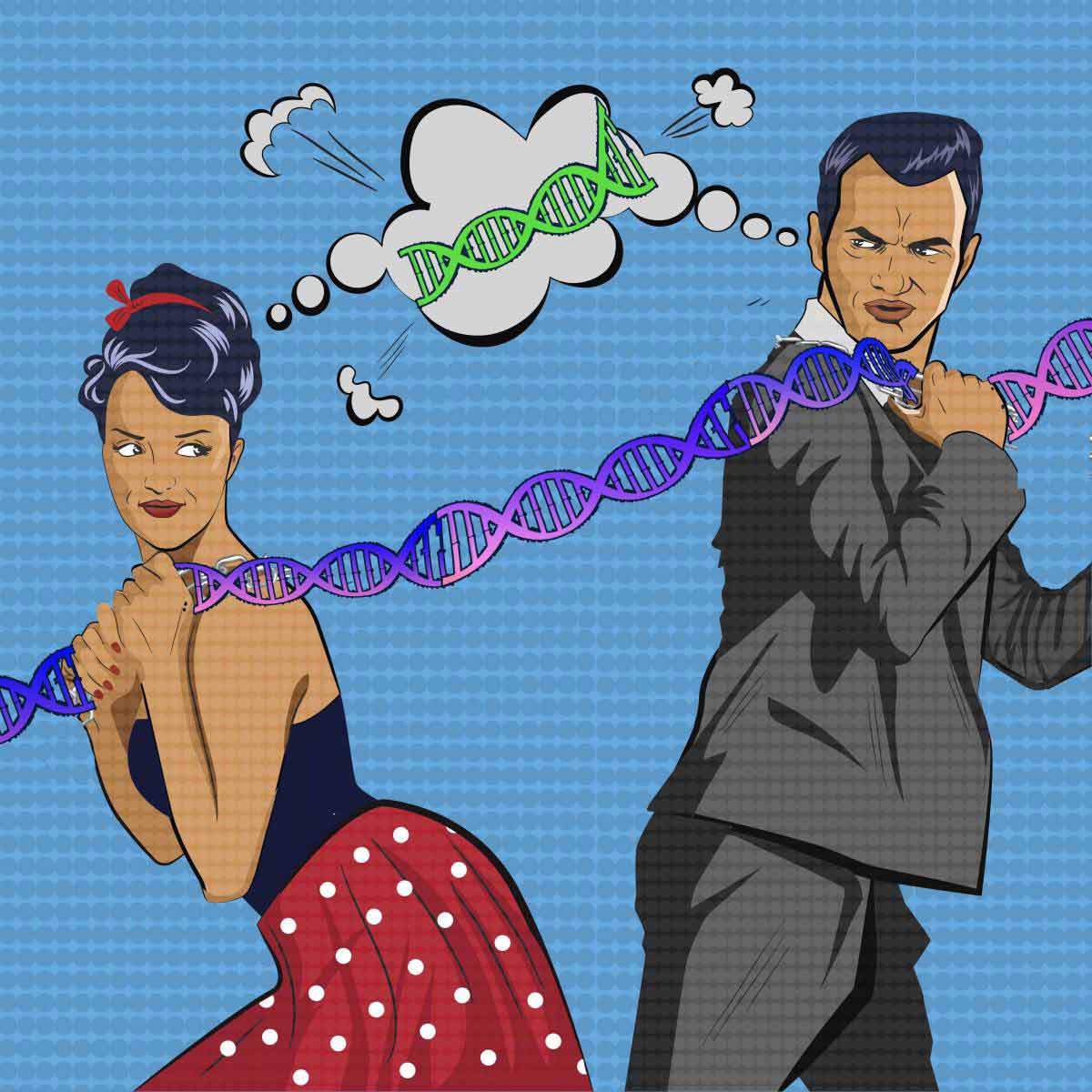

In any case, an unguarded X fails to explain everything. Or that estrogen is protective of telomere length, or that the “higher mortality in males …side effects of sexual selection” – wooing and mating takes a lot out of us.

Why might that be? The researchers suggest that those lonely Ys, and for the birds, their W genes are “more degraded” than those lusty Xs and Zs. “…that when males are heterogametic sex they die 20.9% earlier than their female counterparts, but when females are the heterogametic sex, they die only 7.1% earlier than their male counterparts.” The second finding by the researchers suggests a limit to the effect of an unguarded X. So it seems that the unguarded X hypothesis contains some truth. Again, the homogametic gender lives longer. As it turns out, in birds, moths, and butterflies, the male is homogametic (noted as ZZ), and the female is heterogametic (ZW). Their data set included 229 species, 99 families, 38 orders and eight classes Īcross a wide range of species including us mammals, insects, reptiles, and ray-finned fish (fish whose fins are supported by a bony infrastructure), the homogametic gender on average lives 17.6% longer. A group of researchers considered the life-span across all the species where two genes created homogametic or heterogametic genders. Alternatively, there is the “toxic Y hypothesis,” where the Y acts as a bit of a rogue adversely altering gene expressions and mutations.

The “unguarded X hypothesis” suggests that as our chromosomes age, men don’t have a backup plan when their X begins to falter, having a Y leaves that X unprotected. Women have two X chromosomes (homogametic sex), while men have an X and a Y (heterogametic sex).


 0 kommentar(er)
0 kommentar(er)
